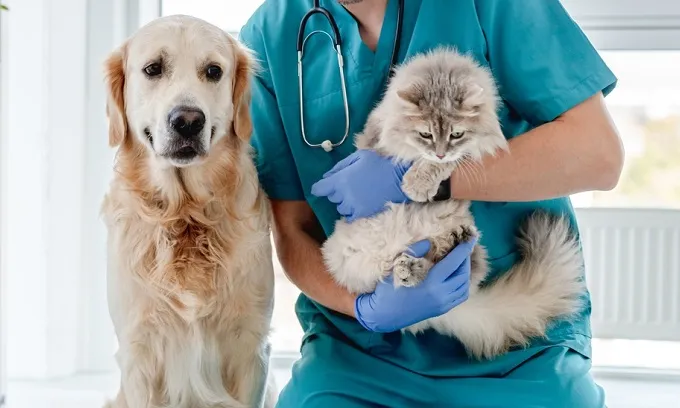Key Points
- After taking out pet insurance, you’ll need to serve waiting periods before claiming for certain services.
- For illnesses, you will typically need to serve waiting period of between one and six months
- For accidents, on the other hand, you’ll generally be able to claim the cost of treatment immediately.
When you take out health insurance for yourself, you’ll typically be asked to serve waiting periods for certain services, meaning you’ll need to wait for a period of time before you can make claims for them. Pet insurance works in much the same way, so before you take out a policy for your beloved cat or dog, it’s important to understand pet insurance waiting periods, how they work, and how pre-existing conditions can affect your pet’s cover.
How does pet insurance work?
Pet insurance allows you to claim back a percentage of the cost of vet treatment for your pet. Generally speaking, there are three types of pet insurance in Australia:
- Accident-only pet insurance, which covers for costs associated with emergency surgery.
- Accident and illness pet insurance, which covers for accidents as well as the treatment of certain diseases and illnesses.
- Comprehensive pet insurance, which covers all of the above as well as various ‘routine care’ procedures like vaccinations.
The percentage of treatment costs you can claim back will depend on the level of cover you have – the more comprehensive your pet insurance, the more you’re likely to be able to claim. You may expect to be able to claim anywhere from 60% to 80% or more of your costs back, up to an annual limit, depending on your insurer.
What is a pet insurance waiting period?
A waiting period is a length of time from the commencement date of an insurance policy – i.e. the date you took it out – that you will have to wait in order to claim for certain services. As far as pet insurance waiting periods are concerned, the exact length of time may vary by provider, but generally speaking, you might expect the following to apply:
- Treatment for accidents and injuries: No waiting period
- Treatment for illnesses: 30 days
- Treatment for cruciate ligament conditions: 6 months
Is there pet insurance with no waiting periods?
Generally speaking, the only pet insurance that comes without waiting periods is cover for accidents. Accidents can unfortunately happen to your pet at any time, so after taking out a policy with accident insurance, you will generally be able to make a claim for emergency surgery straight away.
This means that, should your pet be in an accident, suffer wounds in a fight, be bitten by a snake or experience some other sort of external trauma, you’ll be able to claim. If any doubt, it’s advisable to carefully read any pet insurance policy documents to make sure you know exactly when your accident-only cover will kick in.
The RSPCA says that some pet insurance providers are willing to waive certain waiting periods for illnesses, but you will need to negotiate with your chosen provider to see if this is possible.
Does pet insurance cover pre-existing conditions?
A pre-existing condition is a condition that first existed or first occurred in your pet before you took out your insurance policy, or a condition that occurs within any applicable waiting periods. There are two types of pre-existing conditions – temporary and chronic pre-existing conditions. The former may be excluded from your cover from a period of time, while the latter will likely always be excluded.
According to Everyday Insurance, a temporary pre-existing condition is one that resolves with treatment. A condition like this can be removed as an exclusion on your policy if your pet has not showed any signs of it within a set period of time. A chronic pre-existing condition, on the other hand, is a prolonged condition that requires ongoing treatment or care. These conditions can include:
- Hip dysplasia
- Cruciate ligament conditions
- Intervertebral disc disease (IVDD)
- Luxating patella
- Endocrine diseases
- Other chronic conditions
If your pet displays or is diagnosed with one of the above chronic conditions before taking out your policy, or while you’re serving your waiting periods, then it’s likely that this will be treated as a pre-existing condition, and you will not be covered for it.
Cover image source: T.Vyc / Shutterstock.com








